Table of Contents
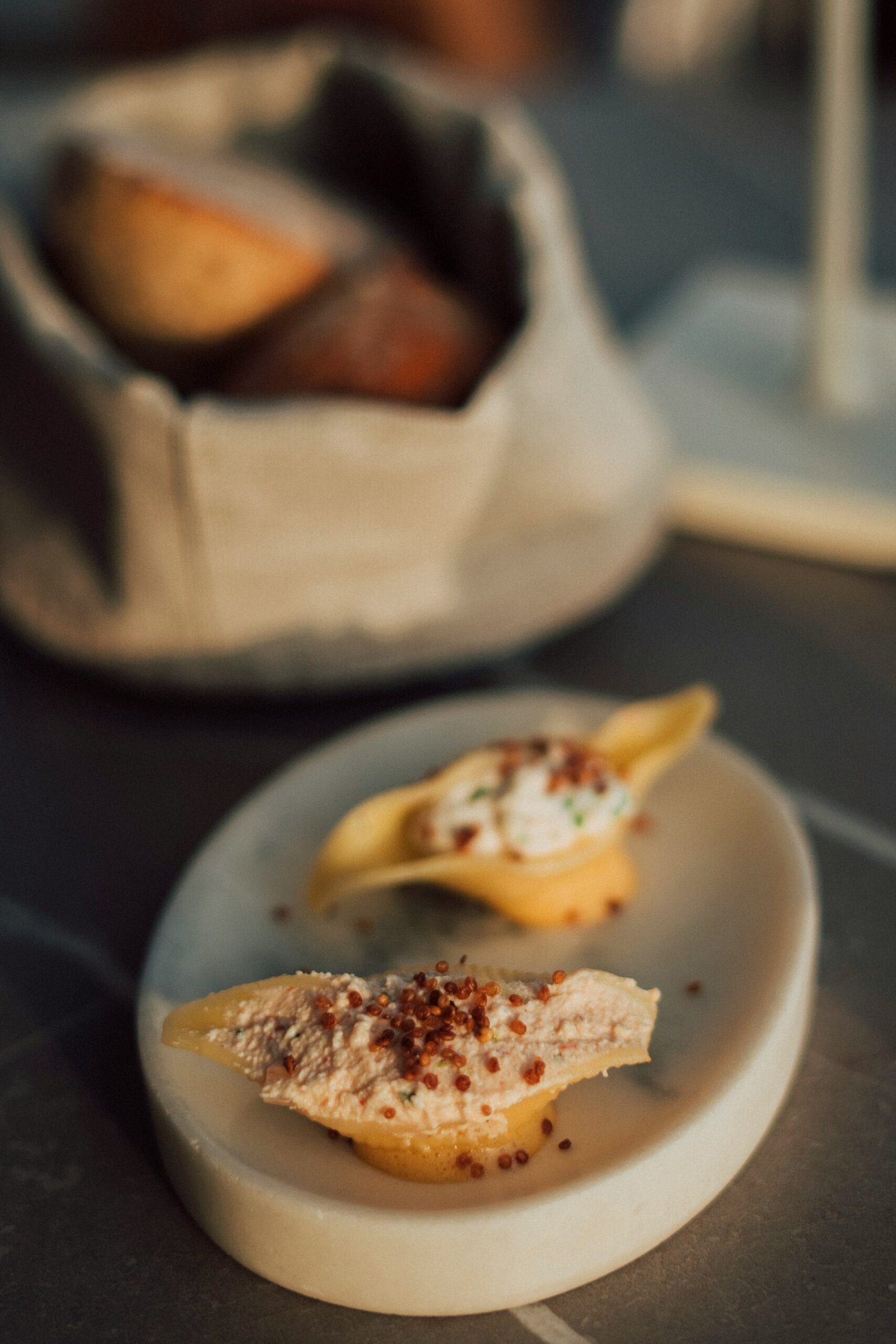
Introduction to French Cuisine
French cuisine is renowned worldwide for its elegance and rich flavors, often celebrated as one of the most influential and esteemed culinary traditions. Its historical significance dates back centuries, blending the old-world charm of regional flavors with the sophistication and refinement that characterize modern French cooking. The nuanced techniques and meticulous attention to detail that define French cuisine have not only shaped the way meals are prepared and served in France but have also had a lasting impact on global culinary practices.
The diversity within French cuisine is astounding, varying significantly from one region to another. From the buttery pastries of Paris to the rustic cassoulets of the Southwest, and the seafood-centric dishes of the coastal areas, each region boasts its own distinct ingredients and cooking methods. This regional diversity contributes to a vibrant and dynamic culinary landscape that has something to satisfy every palate.
At its core, French cuisine values high-quality, fresh ingredients and classic cooking techniques. Among these techniques are the creation of delicate sauces, precise use of herbs and spices, and the art of baking. These methods are designed not only to highlight the flavors of the ingredients but also to create a balanced and harmonious dining experience. The tradition of French cooking is deeply rooted in seasonal produce, which ensures that dishes are as fresh and flavorful as possible.
When preparing French dishes at home, one can expect to embark on a culinary journey that is both educative and rewarding. Mastering classic French recipes can enhance any home cook’s repertoire, providing them with essential skills and a deeper appreciation for the meticulous artistry that French cuisine entails. Whether one is a seasoned cook or a kitchen novice, delving into the world of French cuisine promises a delightful exploration of taste, technique, and tradition.
Essential Ingredients in French Cooking
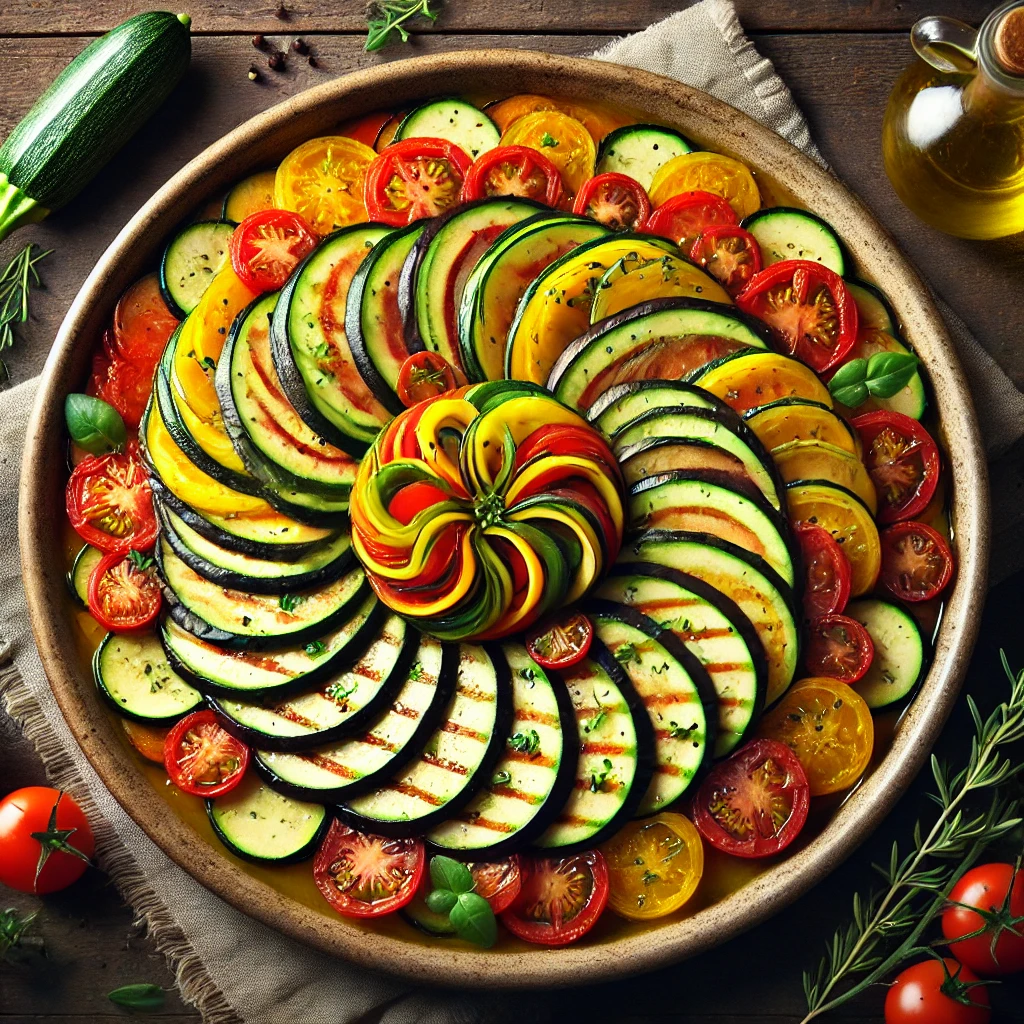
French cuisine is celebrated worldwide for its elegance and robust flavors, which owe much to the meticulous selection and use of high-quality ingredients. The foundation of French cooking begins with an array of staple ingredients that every aspiring chef should be familiar with.
Herbs and spices play a pivotal role in French cuisine, infusing dishes with distinctive aromas and tastes. Commonly used herbs include thyme, rosemary, tarragon, parsley, and chervil. These fresh herbs are often used to create the traditional bouquet garni, a bundle of herbs tied together and added to soups, stews, and sauces. French spices, though used more sparingly than herbs, include nutmeg, cloves, and white pepper, which subtly enhance the flavors without overpowering them.
A cornerstone of many French recipes is high-quality olive oil. Olive oil brings not only richness but also a fruitiness that elevates the overall palate. Extra virgin olive oil, cold-pressed to retain its nutrients and flavor, is particularly prized. For those dishes requiring a lighter touch, grapeseed oil is a preferred alternative due to its neutral taste and high smoking point.
Types of flour in French cooking are varied and each serves a distinct purpose. All-purpose flour is a kitchen staple, while bread flour, known for its higher protein content, is crucial for achieving the perfect crust in artisanal baguettes. Pastry flour, with its fine texture, is essential for delicate tarts and pastries. For those exploring gluten-free options, buckwheat flour is a go-to, especially in traditional Breton galettes.
The importance of sourcing fresh, locally-grown produce cannot be overstated. French cuisine emphasizes the use of seasonal vegetables and fruits, as these ingredients are at their peak flavor and nutritional value. Markets brimming with colorful produce, such as ripe tomatoes, fragrant strawberries, and crisp lettuces, are a quintessential part of French culinary culture. Engaging with local farmers and purveyors can provide not only fresher ingredients but also a deeper appreciation of the region’s seasonal shifts.
Understanding these fundamental ingredients and their roles can vastly improve your French cooking endeavors. By focusing on quality and proper sourcing, you will be well on your way to mastering the art of French cuisine at home.
Basic French Cooking Techniques
French cuisine is renowned for its sophisticated flavors and elegant presentation, rooted in fundamental cooking techniques that ensure every dish is prepared with precision. Mastering these basic French cooking techniques can transform your home cooking into a culinary experience inspired by classic French recipes.
Sautéing is a fundamental technique where ingredients, especially vegetables and proteins, are cooked quickly over high heat with a small amount of fat. This method enhances the natural flavors and achieves a perfect caramelization. To sauté effectively, ensure the pan is hot before adding ingredients, and use oils with a high smoke point such as canola or grapeseed oil.
Braising involves cooking ingredients slowly in a covered pot with a small amount of liquid. This technique is particularly useful for tough cuts of meat, as the low and slow cooking process tenderizes the meat while infusing it with deep flavors. Start by browning the meat to develop a rich crust, then add aromatics, deglaze the pan, and simmer gently until tender.
Poaching is a gentle cooking method where ingredients, like fish or eggs, are simmered in liquid just below boiling point. This technique preserves the delicate texture and prevents overcooking. Subtle flavorings such as herbs, spices, or wine can be added to the poaching liquid to enhance the final dish’s taste.
Mise en place, or “everything in its place”, is a crucial preparatory step in French cooking. This practice involves measuring, chopping, and organizing all ingredients before cooking, ensuring a smooth and efficient process. Mise en place minimizes stress and enhances the cook’s ability to focus on perfecting techniques.
Deglazing is a method used to create rich sauces by adding liquid to a pan to dissolve the browned bits of food stuck to the bottom, known as fond. This technique captures the concentrated flavors left from sautéing or browning and forms the base for a delicious sauce.
Making a roux, a blend of fat and flour cooked together, is essential for thickening sauces and soups. A properly made roux adds depth and a silky texture to dishes. The key is to cook the mixture long enough to eliminate the raw flour taste, with the color of the roux determining the flavor profile of the final dish.
These basic French cooking techniques are the foundation of many classic recipes. With practice, they will become second nature, allowing you to recreate the elegance and sophistication of French cuisine in your own kitchen.
Classic French Appetizers
French cuisine is renowned for its refined flavors and artful presentation, and nowhere is this more evident than in its appetizers, or entrées. These small yet significant dishes set the tone for a meal and provide a glimpse into the culinary artistry that defines French culture. Here, we will explore three iconic French appetizers you can effortlessly prepare at home: escargots de Bourgogne, gougères, and pâté.
First, escargots de Bourgogne (Burgundian snails) are a classic starter that showcases the depth of French culinary tradition. To prepare this dish, you will need high-quality escargots, garlic, parsley, butter, and a hint of white wine. Begin by creating a rich herb butter, blending softened butter with finely chopped parsley, crushed garlic, and a splash of wine. Fill each snail shell with this mixture and bake them until bubbly and golden. The result is a delectable entrée with a perfect balance of garlicky richness and tender escargot meat, introducing diners to the adventurous spirit of French cuisine.
Next, consider making gougères, airy cheese puffs that are a staple in French kitchens. These savory pastries are made from a choux pastry dough infused with grated Gruyère cheese. Start by boiling water and butter, then add flour and stir vigorously to form a dough. Incorporate eggs one at a time, ensuring a smooth consistency, before folding in the cheese. Pipe small mounds of the dough onto a baking sheet and bake until puffy and slightly browned. Gougères are delightful on their own or as part of a larger spread, embodying the simplicity and elegance of French appetizers.
Lastly, a pâté offers a rich and sumptuous addition to any French meal. This spreadable mixture of ground meats, typically including liver, is flavored with a blend of herbs and spices. To make a basic chicken liver pâté, sauté onions, garlic, and herbs until aromatic, then add the liver and cook through. Blend the mixture until smooth, incorporating butter and a splash of cognac. Chill and serve with crusty bread or crisp vegetables. This dish encapsulates the heartiness and complexity of French cuisine, making it a must-have for any aspiring home chef.
Mastering these French appetizers allows you to bring a touch of France into your kitchen, impressing guests with flavors and techniques that are both classic and timeless.
Mastering French Soups
Traditional French soups, such as Soupe à l’oignon (French Onion Soup) and Bouillabaisse, epitomize the rich culinary heritage of France. Central to these soups is the significance of broths and stocks. A well-prepared broth is the cornerstone of any good French soup, offering a depth of flavor that elevates the overall dish. The meticulous process of simmering bones, vegetables, and herbs for hours is essential to extract maximum flavor.
For Soupe à l’oignon, start by gently caramelizing onions to release their natural sweetness. Patience is key, as rushing this process will compromise the depth of flavor. Once caramelized, deglaze the pan with a splash of white wine, which adds an acidic brightness. The base of this soup typically includes beef or chicken stock, preferably made from scratch, to achieve the rich, robust flavor that distinguishes it. Topped with a crusty baguette slice and melted Gruyère cheese, it’s the perfect embodiment of comfort and tradition in French cuisine.
Bouillabaisse, a traditional Provençal seafood stew, showcases the harmonious blend of Mediterranean flavors. The broth, enriched with saffron, fennel, tomatoes, and a variety of fresh herbs, serves as a flavorful backdrop for a medley of seafood including fish, shellfish, and sometimes octopus. Building this base requires a slow, deliberate process of simmering fish bones and shells, ensuring every ounce of flavor is infused into the broth. Finally, the addition of a rouille – a garlicky saffron mayonnaise – offers an extra layer of complexity and authenticity.
Key techniques such as proper caramelization, patient simmering, and using fresh ingredients are crucial for mastering these classic French soups at home. By adhering to these methods, you can replicate the rich, nuanced flavors that are synonymous with French cuisine, transforming your kitchen into a haven of traditional culinary delights.
The Art of French Main Courses
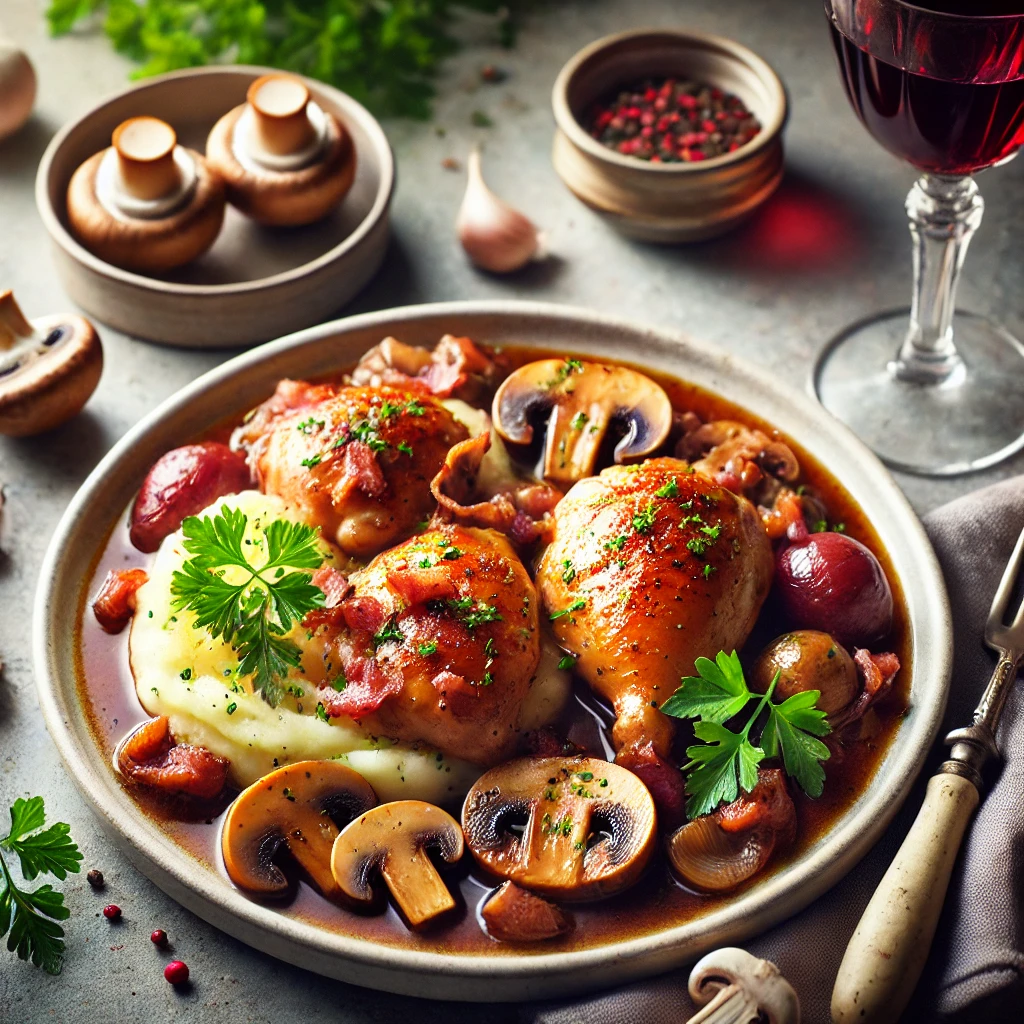
French cuisine is renowned for its intricate flavors and meticulous preparation methods, and nowhere is this more evident than in its main courses. Whether savoring a tender Coq au Vin, a robust Boeuf Bourguignon, or a vegetable-rich Ratatouille, these classic dishes embody the essence of French culinary expertise. Each dish requires a thoughtful selection of ingredients, careful layering of flavors, and mastery of slow-cooking techniques, all of which contribute to their complexities and delectable tastes.
Coq au Vin, a quintessential French chicken stew simmered in red wine, begins with choosing the right bird. Opt for a free-range chicken, which tends to have better texture and flavor. Marinate the chicken in a rich blend of red wine, garlic, thyme, and bay leaves for several hours to enhance its flavor profile. When cooking, make sure you sear the chicken until it attains a golden-brown hue before introducing it to the wine-based broth. This browning process locks in juices and adds a depth of flavor to the final dish.
Boeuf Bourguignon, another staple of French cuisine, requires careful consideration of beef cuts. Choose well-marbled cuts such as chuck or brisket for their ability to withstand long, slow cooking while remaining tender and flavorful. Brown the beef in batches to avoid steaming, allowing each piece to develop a caramelized crust. This process, known as the Maillard reaction, is crucial to achieving the complex layers of flavor that characterize this dish. Incorporate root vegetables like carrots and onions, and let the stew simmer slowly in a bath of Burgundy wine, letting each element meld harmoniously.
Ratatouille, a celebrated vegetable medley, showcases the finesse of French cooking without requiring meat. Select an assortment of fresh, seasonal vegetables such as zucchini, eggplant, tomatoes, and bell peppers. Take the time to slice each vegetable uniformly to ensure even cooking. Sauté the vegetables individually before layering them together, allowing each one to maintain its unique texture and flavor. The slow-cooking process melds the ingredients, rendering a harmonious and flavorful dish.
By mastering these fundamental techniques and recipes, home chefs can bring the essence of French cuisine into their kitchens. Each dish, though seemingly elaborate, can be broken down into manageable steps that highlight the simplicity and elegance of French cooking.
Perfecting French Desserts
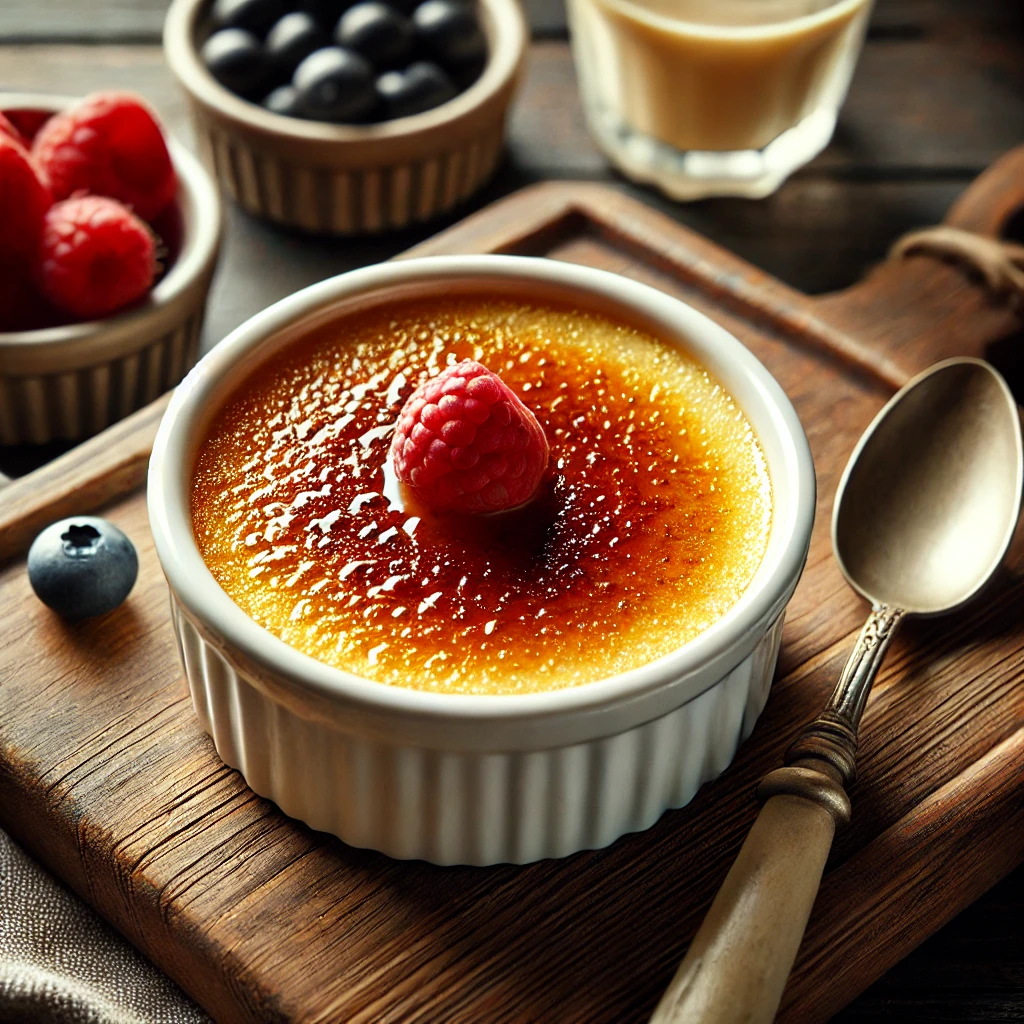
French cuisine is renowned for its exquisite desserts, each evoking a sense of elegance and indulgence. Among the most iconic are Crème Brûlée, Tarte Tatin, and Macarons. Perfecting these sweets at home may seem daunting, but with a bit of guidance, their seemingly complex nature becomes approachable.
Crème Brûlée, a timeless classic, is celebrated for its contrasting textures—a silky custard beneath a brittle caramelized sugar crust. Achieving the perfect custard requires tempering egg yolks with warm cream and sugar, then baking the mixture in a water bath until just set. Precision is key; overcooking can result in a grainy texture. The crowning moment of Crème Brûlée is caramelizing the sugar topping. Utilize a kitchen torch for even browning and a satisfying crunch.
Tarte Tatin, often heralded as the French apple pie, delights with its caramelized fruit topping and buttery pastry base. To master this dessert, start by caramelizing sugar and butter in a skillet, then arrange apple slices in a spiral atop the caramel. Covering the fruit with puff pastry and baking until golden brown ensures a crispy, fragrant finish. One common pitfall is undercooking the apples, which leads to a lack of the desired caramelized flavor and a soggy crust.
Macarons, the colorful meringue-based confections, pose the ultimate challenge in French pâtisserie. Their success hinges on achieving the perfect meringue stability and proper folding technique. Overmixing or undermixing the batter will affect the macarons’ feet and texture. Ensuring the egg whites are at room temperature and using finely ground almond flour are crucial steps. Allow the piped macarons to sit until a skin forms on their surface before baking—this promotes even rising and the iconic ruffled bottoms.
By paying attention to these intricate details and avoiding common mistakes, home cooks can demystify the process of creating these quintessential French desserts. With practice, the authentic essence of French cuisine can be brought into your kitchen, making every meal a celebration of sophistication and flavor.
Wine Pairing with French Dishes
When it comes to French cuisine, an essential component that elevates the dining experience is the thoughtful pairing of wine with each dish. French wines are globally renowned, with a wide array of regional varieties each possessing distinct characteristics and tasting notes. Understanding these nuances is key to mastering French cooking at home.
Bordeaux, Burgundy, and Champagne are among the most notable wine regions in France. Bordeaux wines, for instance, offer rich, full-bodied flavors that complement hearty dishes such as Boeuf Bourguignon or Cassoulet. Opt for a robust red Bordeaux to underscore the depth of these classic French recipes.
Burgundy is famous for its Pinot Noir and Chardonnay wines. A light, elegant Pinot Noir from Burgundy pairs exquisitely with dishes like Coq au Vin, where the subtle fruitiness enhances the flavors of the chicken and wine sauce. Meanwhile, a crisp, mineral-rich Chardonnay from Chablis pairs wonderfully with buttery, rich dishes such as Sole Meunière or any seafood recipe featuring a creamy sauce.
Champagne, on the other hand, is not just for celebrations. The effervescence and acidity of a crisp Brut Champagne can offer a refreshing contrast to the creamy textures of an Aligot or puff pastry-based dishes like Vol-au-Vent. For dessert, a Demi-Sec Champagne can harmonize beautifully with sweet treats, particularly those made with fruit or pastry cream.
When planning to pair wine with your French dish, consider the key flavors and ingredients of the meal. Lighter wines like a Sauvignon Blanc from the Loire Valley can complement the delicate flavors of a Ratatouille or Salade Niçoise. Conversely, a more full-bodied Syrah from the Rhône Valley can stand up to the bold flavors of a herb-crusted lamb or duck confit.
Ultimately, pairing wine and French cuisine is about balancing complementary flavors. By understanding the profiles of regional French wines and the ingredients in your dishes, you can enhance your dining experience and celebrate the rich culinary heritage of French cuisine from the comfort of your home.

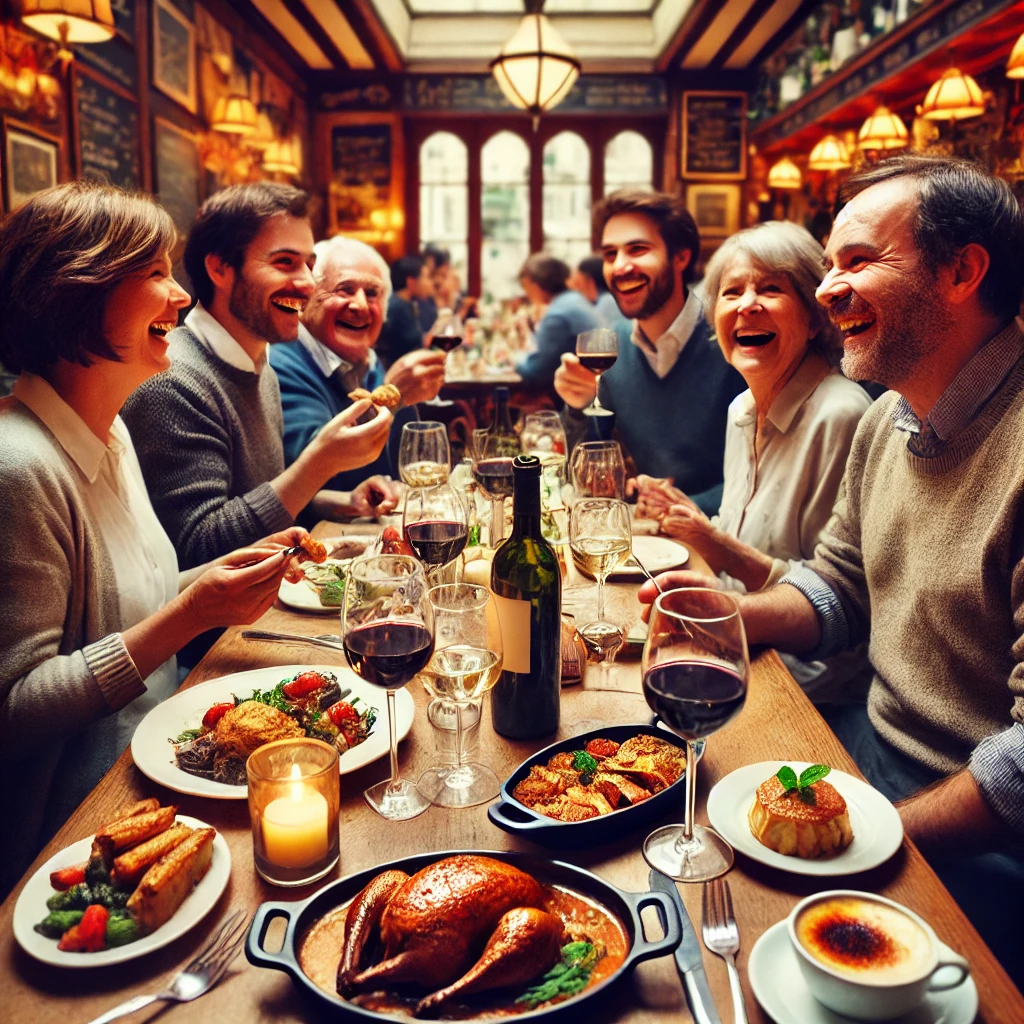
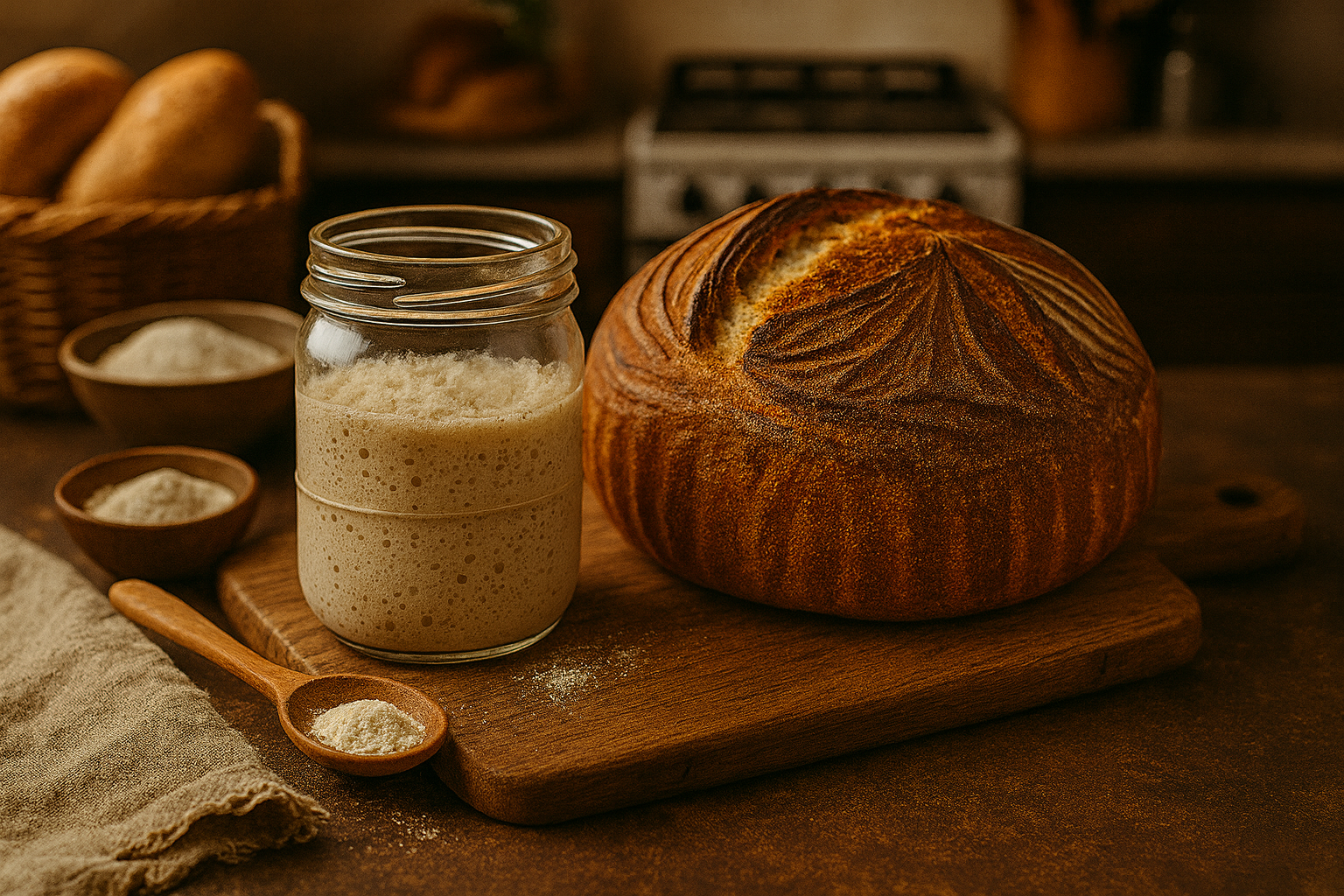
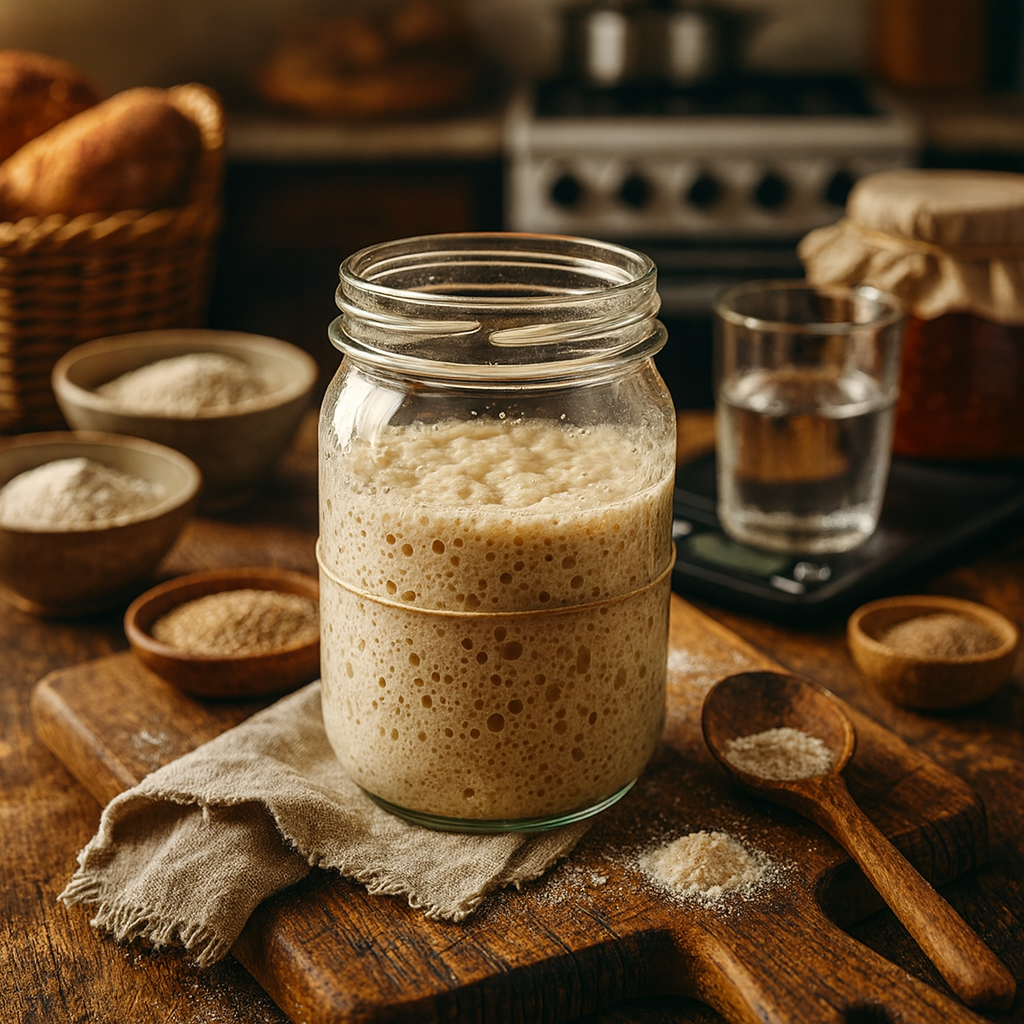
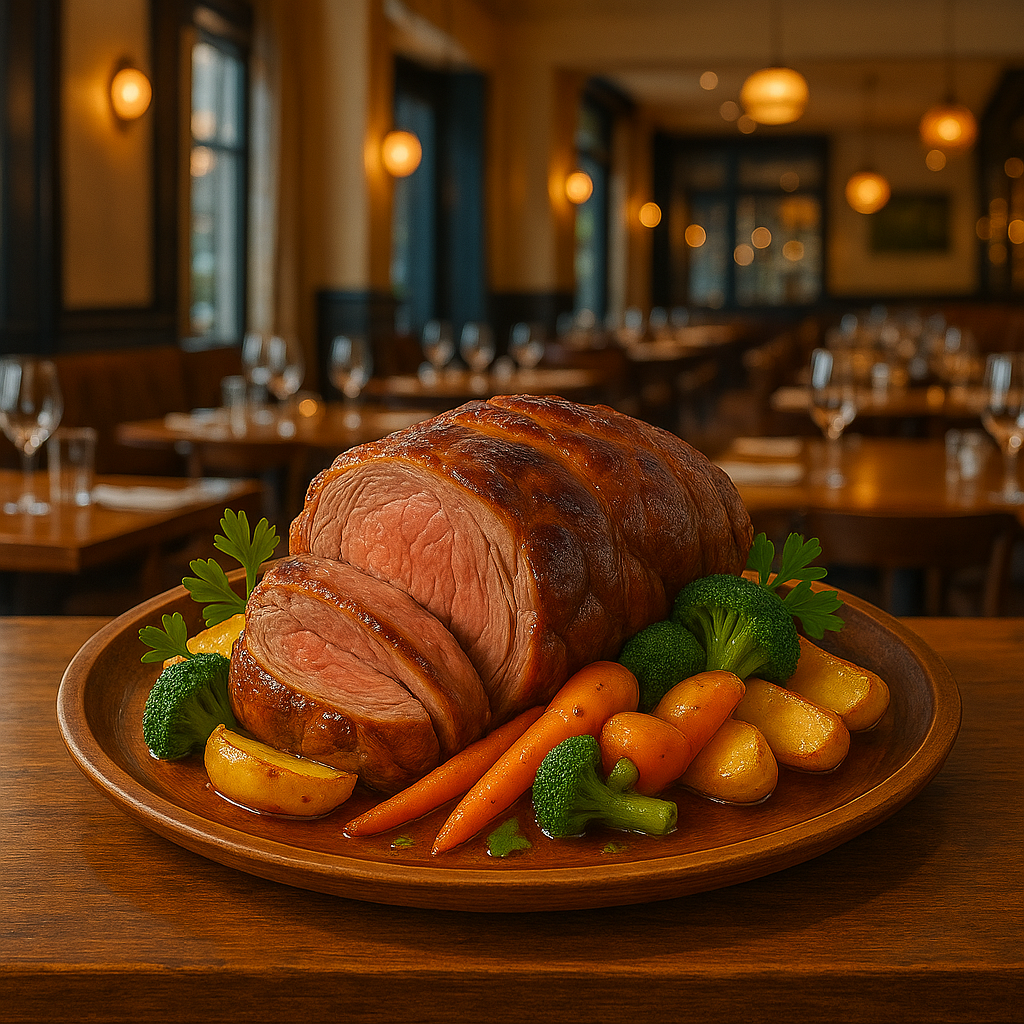

You have observed very interesting details ! ps nice internet site.